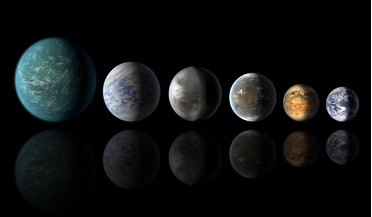 20 August 2018
Galaxy should be teeming with water-worlds say researchers
20 August 2018
Galaxy should be teeming with water-worlds say researchers
... are likely to be water worlds; not only that, but this type of planet could be widespread throughout the galaxy (and presumably the Universe). Pinning down Earth-like worlds has been high on the agenda ever...
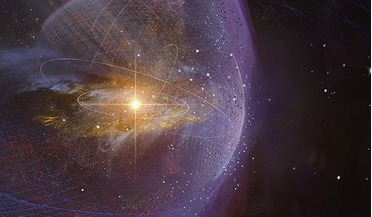 January 2022
Revealing the magnetic universe
January 2022
Revealing the magnetic universe
... of the strengthening mechanisms. As the galactic collision triggered a burst of star formation and reshaped the original spiral galaxy, they combined with gravitational forces to distort, twist and amplify the smaller-scale magnetic fields. Similar...
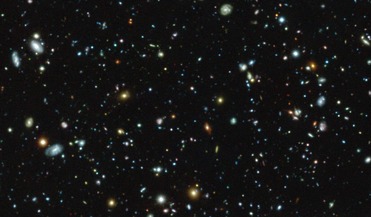 29 November 2017
Deepest spectroscopic survey completed of the Hubble Ultra Deep Field
29 November 2017
Deepest spectroscopic survey completed of the Hubble Ultra Deep Field
...Field. This is around ten times as many galaxies that have previously been painstakingly observed over the last... to measure the distance, colours and other properties of all the galaxies we can see — including some that are invisible to Hubble itself...
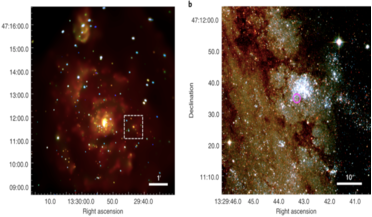 27 October 2021
Astronomers may have detected the first planet outside of the Milky Way
27 October 2021
Astronomers may have detected the first planet outside of the Milky Way
... typically used by astronomers to spot planets in our own Galaxy, through either radial velocity measurements or transit detection techniques,.... All in all 238 systems in the three galaxies were observed and only one exoplanet candidate was identified...
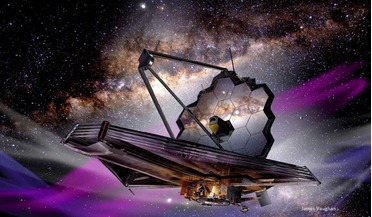 May 2022
Essential guide to the James Webb Space Telescope
May 2022
Essential guide to the James Webb Space Telescope
...expanding, swelling like a giant balloon. Everything is moving further away from everything else - the space between galaxies is stretching, increasing year on year. Combined with the finite speed of light this wonderfully, serendipitously, turns our...
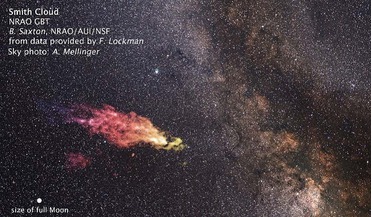 01 February 2016
Enormous gas cloud on a collision course with the Milky Way
01 February 2016
Enormous gas cloud on a collision course with the Milky Way
... years ago, is on a return collision course and plummeting toward our galaxy at nearly 700,000 miles per hour. Luckily, it will be at...Feild (STScI) "The cloud is an example of how the galaxy is changing with time," explained team leader Andrew Fox of ...